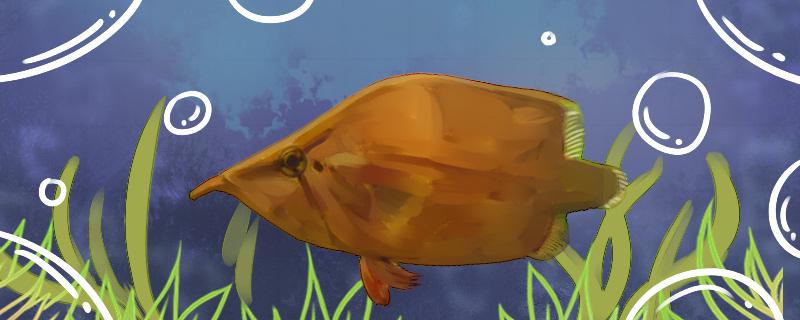
? Withered leaf fish are relatively easy to raise. They have strong adaptability and vitality, and are relatively friendly to novices. Dead leaf fish are brown on the outside and look like dead leaves. Sometimes it's hard to tell whether they are dead leaves or fish when you see them from outside the tank. They are not suitable for polyculture because they are carnivorous fish and will prey on smaller fish or other insects. Therefore, it is not recommended to polyculture other small fish species.
withered leaf fish 1. Water temperature: The most suitable water temperature for raising withered leaf fish is between 25-28 ℃. If the water temperature is too high or too low, it will affect their growth. It is worth noting that when they begin to breed, the water temperature needs to be adjusted to 1-2 C higher than the usual temperature, and 28 C is the best temperature.
2. Water quality: For them, the best water PH is between 6.0 and 6.5. From the PH of their survival, it is not difficult to see that they prefer to live in weak acidic water conditions. At the same time, their optimum water hardness is between 5 and 10. It should be noted that during their breeding season, the concentration of hydrogen ions in water should be between 316.3 and 100 nmol/L.
3、 Feeding: They are carnivorous fish. When feeding, they can be fed with live baits smaller than their size, such as small fish, shrimps or nematodes.